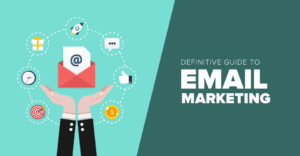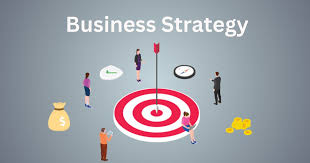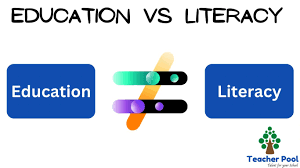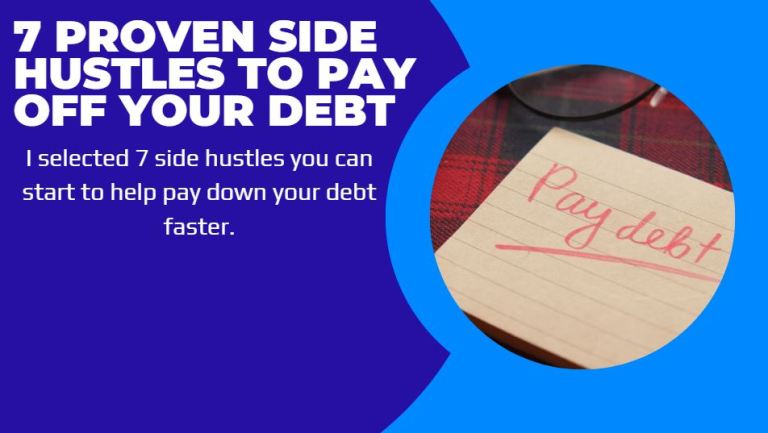Email marketing. Two simple words that conjure feelings of excitement and dread. Excitement because you have the potential to reach customers right in their inbox—dread because, let’s be honest, nobody wants to end up in the “unsubscribe” list. For those wanting to know how to use email marketing to drive sales, you’re in for a treat. In this blog, we’ll explore eight key strategies to launch your email marketing campaign into the stratosphere of sales success.
The Importance of Email Marketing in 2025
The year is 2025. The digital landscape has transformed yet again, but email marketing remains a stalwart soldier in the battle for consumer attention. According to a study by Statista, there are over 4 billion email users worldwide. Yes, you read that right: 4 billion. When properly executed, email marketing can deliver an impressive ROI—return on investment—of 4400%. Yes, Aunt Karen, that’s 44 times your investment back in your pocket.
“Email has an ability many channels don’t: creating valuable, personal touches – at scale.” — David Newman.
Now that you know the potential for profit lurking in those inboxes, let’s dive into the strategies that will help you harness the incredible power of email marketing to drive sales.

Strategy 1: Build a Quality Email List
It’s All About the People.
Imagine having a gathering of your best friends—only this gathering is full of people who actually want to hear from you. Building a quality email list is crucial. You want subscribers who are genuinely interested in your product or service, not just random names on a spreadsheet.
Tactics to consider for Email Marketing:
- Offer Incentives: Give away a freebie, discount, or entry into a contest for signing up.
- Use Sign-Up Forms: Place forms on your website, blog, and social media channels.
- Host Events: Webinars or online workshops? Perfect for capturing emails.
According to Mailchimp, targeted emails can improve open rates by 14% and click-through rates by 100% compared to their non-targeted counterparts.
Strategy 2: Segment Your Audience
Personalization Is Key.
Nobody likes a one-size-fits-all approach, especially when it comes to marketing emails. Segmenting your audience allows you to send tailored content to specific groups within your larger list. Think of it like throwing a dinner party. You wouldn’t serve tofu to a meat-lover, would you?
Segmentation tips for Email Marketing:
- Demographics: Age, gender, location.
- Behavior: Past purchases, website activity.
- Preferences: Interests or topics they’ve shown interest in.
“The future of marketing is not about the stuff you make but about the stories you tell.” — Seth Godin.
Strategy 3: Craft Attention-Grabbing Subject Lines for a Successful Email Marketing
Hook ‘Em with the Line.
The subject line is your first (and often last) chance to make an impression. You want it to be catchy, witty, and just mysterious enough to pique curiosity. You could put in as much effort into the email content, but if the subject line is boring, your email will languish unopened in the abyss.
Tips for subject lines in Email Marketing:
- Be Clear and Concise: Aim for 50 characters or less.
- Use Emojis: A splash of color can grab attention—but don’t overdo it.
- Create Urgency: Phrases like “Limited Time Offer” or “Only a Few Left” can spur consumers to act.
According to a report from Campaign Monitor, 47% of email recipients open an email based on the subject line.
Strategy 4: Create Compelling Content
A Picture Speaks a Thousand Words.
Besides a snazzy subject line, your email body needs to sing. This means crafting compelling and engaging content that resonates with your audience. Think of your email as a tiny billboard for your brand. It needs to be eye-catching and persuasive but not so flashy that it distracts from the message.
Content strategies for Email Marketing
- Personalize: Use the recipient’s name and tailor the content to their interests.
- Mix It Up: Incorporate images, videos, and infographics.
- Add Value: Provide valuable resources, tips, or insights.
“Content is fire; social media is gasoline.” — Jay Baer.
Strategy 5:Optimize for Mobile for an Outstanding Email Marketing
Don’t Leave Your Friends Behind.
In today’s fast-paced world, many people read emails on their phones. If your emails aren’t optimized for mobile, you’re basically speaking a language no one understands. It’s like trying to read War and Peace on a candy wrapper.
Mobile optimization tips for Email Marketing:
- Responsive Design: Use mobile-friendly templates that adjust size.
- Shorten Text: Keep paragraphs brief and to the point.
- Big CTAs: Make buttons easily clickable with a finger.
According to Litmus, 54% of all email opens occur on mobile devices.
Strategy 6: Use Automation Wisely
Set It and Forget It—Almost.
Email automation can be your best friend when it comes to saving time and ensuring consistent communication with your audience. You can set up automated welcome emails, follow-ups, and even reminders for abandoned carts.
Automation ideas for Email Marketing:
- Welcome Series: Send a welcome email when someone subscribes, letting them know what to expect.
- Abandoned Cart Emails: Remind them of that coveted item they left behind.
- Win-back Campaigns: Reach out to inactive subscribers to rekindle interest.
“Automation is not about replacing humans, but about enhancing their abilities.” — Moritz Müller.
Strategy 7: Analyze and Optimize Campaign Performance
The Numbers Game!
What gets measured gets managed. Analyze your email campaign performance to identify what works and what does not. This doesn’t mean you need a PhD in statistics—just a willingness to look at the data and use it to your advantage.
What to analyze:
- Open Rates: Knowing how many opened your email can help adjust subject lines or send times.
- Click-Through Rates: Track which links receive clicks, guiding future content.
- Unsubscribes: Understand why people unsubscribe to improve future email campaigns.
A survey by Superoffice revealed that 65% of businesses don’t know their email marketing ROI.
Strategy 8: Maintain Consistency in Your Campaigns
Keep the Ball Rolling.
Consistency is essential for building brand awareness and keeping your audience engaged. You want subscribers to look forward to your emails and recognize your branding when they scroll through their inbox.
How to stay consistent in Email Marketing:
- Develop a Content Calendar: Plan your emails in advance.
- Stick to a Schedule: Send emails on a regular basis (weekly, bi-weekly, or monthly).
- Maintain Branding: Use consistent branding elements and a recognizable voice.
“Success is the sum of small efforts, repeated day in and day out.” — Robert Collier.
FAQs
Q1. How often should I send marketing emails?
A:/ Generally, once a week or bi-weekly is a good frequency to keep your subscribers engaged without overwhelming them.
Q2./What types of content can I send in marketing emails?
A: You can send newsletters, promotions, product updates, educational content, or even entertaining stories relevant to your audience.
Q3. Are there any specific tools for email marketing?
A: Yes! Popular tools include Mailchimp, Constant Contact, and HubSpot, which offer various features like automation and analytics.
Q4. Can I use purchased email lists?
A: Technically, but it’s generally not recommended. Purchased lists can lead to low engagement rates and high unsubscribe rates.
Q5. How can I improve my email open rates?
A: Experiment with subject lines, send times, and personalization. A/B testing different content can also help identify what resonates with your audience.
There you have it! Eight strategies to help you utilize email marketing to drive sales in 2025. Have in mind that, email marketing is not just about selling—it’s about building relationships, providing value, and keeping the conversation going. As you embark on your email marketing journey, be witty, be creative, and, most importantly, be engaging. With the right approach, your email campaigns can create raving fans, driving sales and ensuring your brand stands out in the crowded inboxes of tomorrow.









gyr9tv
w2hbfb
jjy6n3
s6rqf4
r9nbgx
6yu0d2
krveql
ml36u3